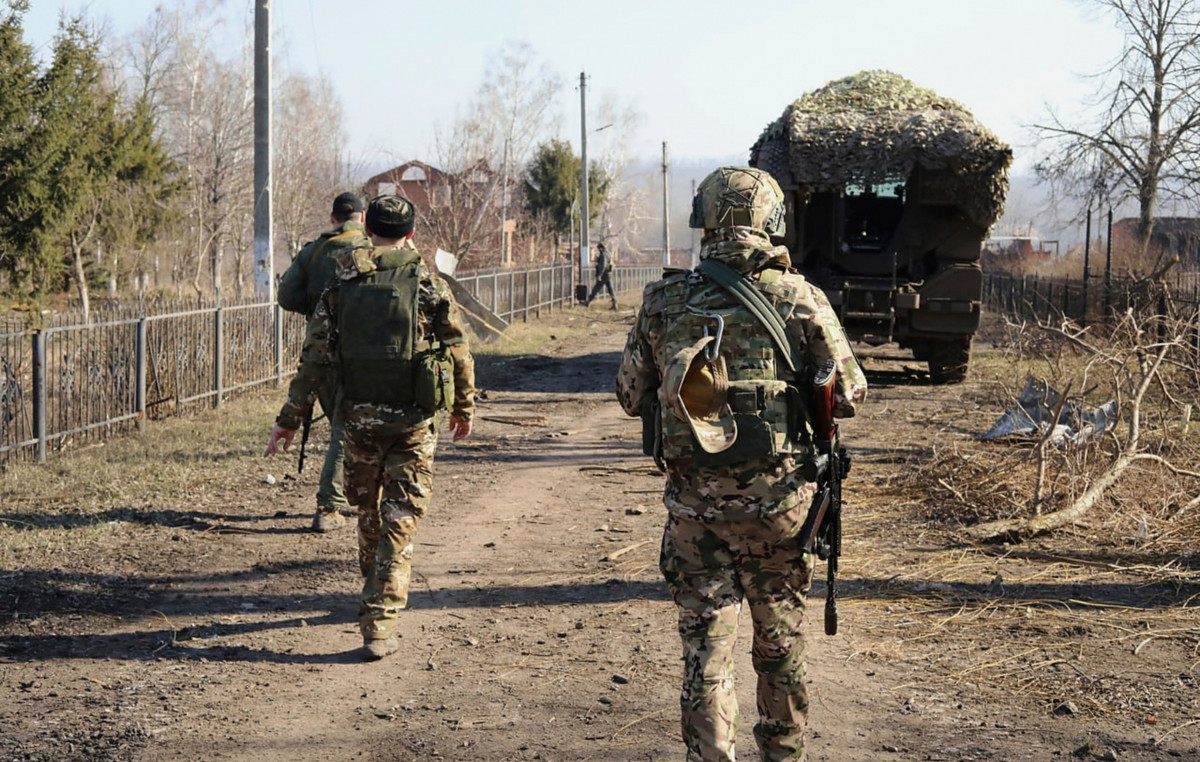The recent suspicion of a case of Zika virus in Cattolica He has rekindled attention to a tropical viral disease that in recent years has recorded numerous outbreaks in Latin America, Southeast Asia and Africa. Even if the Romagna situation is under control – the authorities have activated the procedures provided for preventive disinfestation within a radius of one hundred meters from the patient’s home just returned from a journey abroad – the episode shows that the risk of diffusion, albeit limited in Europe, is not to be underestimated, especially in a context of global warming and increase in international mobility.
What is the Zika virus
The Zika virus (Here the dedicated page On the epicenter of the ISS) is an arbovirus belonging to the family Flaviviridaethe same as other viruses known as Dengue, yellow fever and western Nile viruses. Discovered for the first time in 1947 in the Zika Forest in Ugandahas long been considered not very dangerous until, in 2015, an epidemic exploded in Brazil and in the Caribbean revealed its pathogen potential, especially for fetuses. In the southern Pacific, they had already known him around 2007. The virus is mainly transmitted through the mosquito puncture Aedes Aegyptithe same responsible for the spread of the Dengueactivates mainly during the day.
How to transmit
In addition to the transmission via infected mosquitoes, the Zika virus (Here the dedicated page on msd) can spread through unprotected sexual relations, From mother to child during pregnancy (the so -called vertical transmission) and in rare cases through transfusions of infected blood. Travelers who go to endemic areas naturally represent a potential vehicle for the introduction of the virus in areas that are not yet affected, where, however, the climatic conditions and the presence of compatible mosquitoes could allow its diffusion.
Slight symptoms, potentially serious risks
In most cases, Zika infection is actually asymptomatic or manifests itself with mild symptoms which are resolved within a week. The most common are fever, rashes, joint and muscle pain, conjunctivitis And heachache. However, the most serious complications are those neurological. Among these, the Guillain-Barré syndrome – an autoimmune disorder that can cause temporary paralysis – and, above all, the Congenital syndrome from Zika in babieswhich includes microcephaly (A condition in which the cranial circumference of the child is smaller than normal) but also cause other brain abnormalities, eye malformations and intrauterine growth delay.
A danger to pregnant women
The link between Zika virus infection and serious neurological damage in the fetus was ascertained by numerous scientific studies. The virus is unfortunately able to cross the placental barrier and compromise the development of the central nervous system. For this reason, the health authorities strongly recommend pregnant women to avoid travel in risk areas and to adopt precautions against mosquito stings and unprotected relationships with potentially infected partners.
Diagnosis and treatment
The diagnosis of Zika infection is based on molecular tests (RT-PCR) to detect the presence of the virus in the blood, in the urine or in saliva, in addition to serological tests per identify the antibodies. There are currently no specific treatments: The management is therefore of symptomatic type and is limited to rest, hydration and use of antipyretics such as paracetamol. The use of non-steroid anti-inflammatory anti-inflammatory are not recommended until the co-infection with Dengue is excluded, which can cause serious bleeding.
Body smell plays an essential role: two pioneering studies have identified the most attractive components
There is still no vaccine
To date, No authorized vaccine is available for the prevention of the Zika virusalthough several clinical studies are underway in various parts of the world. The difficulties in the development of an effective vaccine are in the need to avoid crushed reactions with other flavivirus and in the relative rarity of the epidemics, which complicates large -scale experimentation. Prevention, therefore, remains the main weapon.
Prevention and control: key measures
Zika prevention strategies are based, as in many similar diseases, on reduction of exposure to mosquito stings. This includes the use of repellents, mosquito nets, opaque clothes, in addition to the reclamation of larval outbreaks, or the stagnation of water where the mosquitoes lay the eggs. In Italy, as demonstrated by the recent case in Cattolica linked to a man who has just returned from a journey abroad, the protocols include timely disinfestation interventions in case of suspicion, to avoid any possibility of native transmission. In addition, sexual prevention is crucial to limit imported cases.
Zika in Italy: a risk under control but to be monitored
Italy is not considered an endemic country for Zika but the presence of the mosquito Aedes Albopictus (the so -called tiger mosquito)already responsible for the transmission of other arbovirus such as chikungunya, represents a potential threat. The suspicious case in Romagna, like others reported in the past, shows the importance of entomological and health surveillance to quickly identify any outbreaks and intervene with preventive measures.
Source: Vanity Fair
I’m Susan Karen, a professional writer and editor at World Stock Market. I specialize in Entertainment news, writing stories that keep readers informed on all the latest developments in the industry. With over five years of experience in creating engaging content and copywriting for various media outlets, I have grown to become an invaluable asset to any team.







